This is my first official contribution to Resus Review. I wanted to start with a follow up on my recent comment on cardiac troponin.
Cardiac biomarkers, particularly troponin, have become an essential tool in the work up of patients with symptoms suggestive of ischemia in which an “ACS” work up is required.
At our hospital, just last week we had an interesting debate organized by the EM/IM department on troponin. We had very nice group of people discussing, including Steve Smith from the ECG blog, Fred Apple (troponin expert), Bradley Bart (cardiologist) and Meghan Walsh (IM), among others.
These debates will be increasingly common over the next few months in the hospitals in the U.S. as high-sensitivity troponin (hs-cTn) approaches the United States. As some may be aware, hs-cTn has been available in Europe and many other countries for several years. But in the U.S. they still await FDA approval.
As they approach, ongoing discussions and debates will occur as hospitals decide to embrace (or not) these new assays. Emergency providers, internists and cardiologists will need to sit down and come to a decision about how to and when to introduce these assays.
Here below I attach some of the take-home points from my perspective:
The “definition”
The debate was was raised by the fact that we recently switched assays as raised in a previous post. I must emphasize again, that there are NO hs-troponin available in the U.S. for clinical practice pending FDA approval. Is is very common to see others talk about “highly-sensitive”, “ultra-sensitive”, etc. In brief, at this point our hospital, and likely a significant percentage of U.S. hospitals use “contemporary” troponin assays. I recommend this paper by Fred Apple for further understanding on the matter.
Must-know assay characteristics
In summary, with any troponin assay, primarily when hs-cTn becomes available, there are 3 key assay characteristics that I believe all EM, IM and cardiologist should be aware. Understanding the test will make you a better doctor and give you a better understanding on when to order the test and if so how to better interpret the implications of a measurable/reported value.
The must-know characteristics are:
1. The 99th percentile (99th URL)
2. The limit of detection (LoD)
3. Coefficient of variation (CV)
There are multiple documents on this matter, but any physician dealing with chest pain and ordering troponins should be familiar with at least 2 documents. One is the Third Universal Definition of MI and the other one is the consensus document on troponin interpretation by the ACCF.
Rise and/or fall
The current MI definition requires at least one value above the 99th URL in combination with at least another criteria such as ECG (see definition for detail). During the debate it was further emphasized how the concept of a rise and/or fall is essential as of now in clinical practice.
Appropriateness
In reality, we commonly encounter many (+) troponins (above the 99th URL) in multiple “questionable scenarios”. They may be ordered out of the concern of “missing” an MI (which is a reasonable concern). But we must understand that our contemporary assays have a decent sensitivity and you will encounter many (+) values in non-ACS scenarios (see post by Charles). This issue will be far more common when hs-cTn arrive (will provide measurable values in at least 50% of individuals). Therefore appropriate clinical judgment is primordial when ordering this test (see my previous comment). It is not unusual to see (+) values in patients that presented with seizures, motor-vehicle accidents, post-surgery in the surgical ICU, CNS hemorrhages, in which troponins were obtained. This (+) values often trigger additional work-up including formal echocardiography, consultations and on occasion inappropriate interventions, example initiation of anticoagulant/antiplatelet therapies. As with any test, ask yourself the same questions: pre-test probability? will result change my management? is there a history suspicious for ACS? Etc. Troponin, and primarily hs-troponin will be of greatest value when applied in patients with presentations suspicious for ACS. Otherwise, you will deal with many positive values that might not change your plan, but even trigger potentially unnecessary work up and evaluation.
A test is as good as the physician who orders it.
Many other issues were discussed. This is an extensive and fabulous topic that will be discussed at some point in your hospital given the fact that hs-troponin will likely be soon approved in the near future. It will be far too extensive to touch base in other important areas, but checking out some of documents I mentioned will prepare you for these debates and how to make an educated decision when the time comes.
Finally I orient you to read papers from Allan Jaffe, Fred Apple, David Morrow, and others if you desire to understand even more.

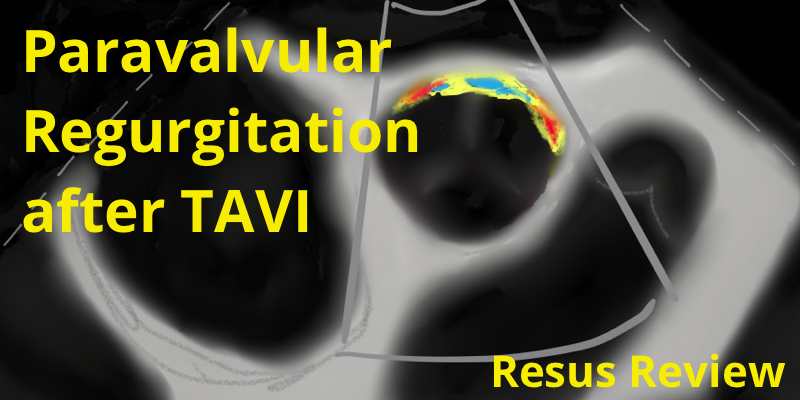
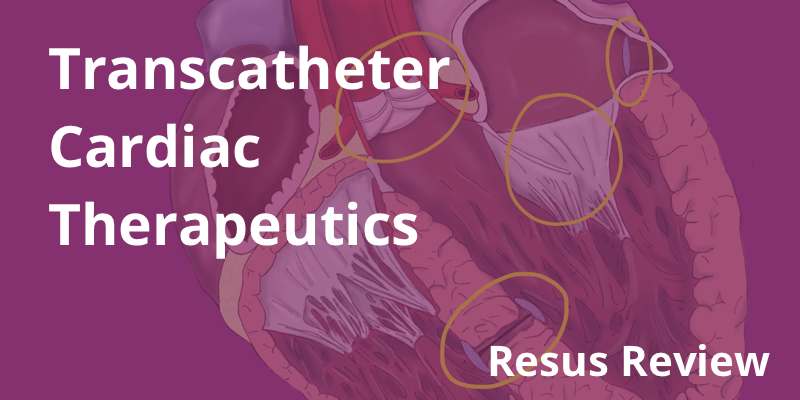
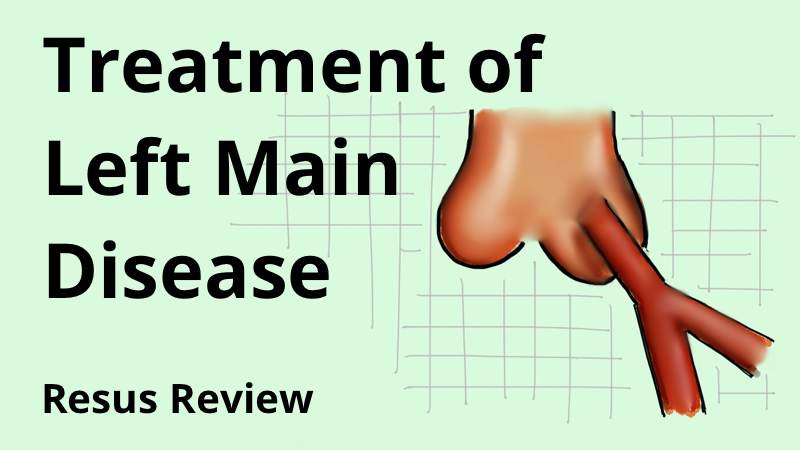
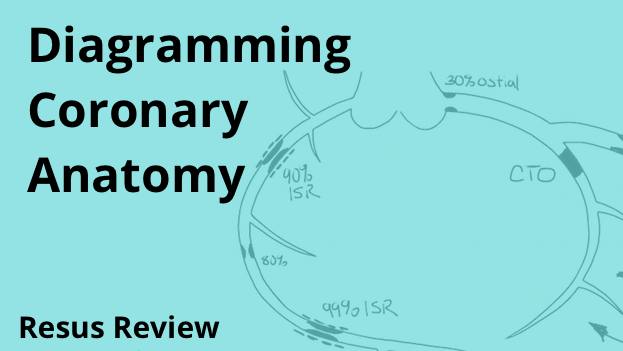
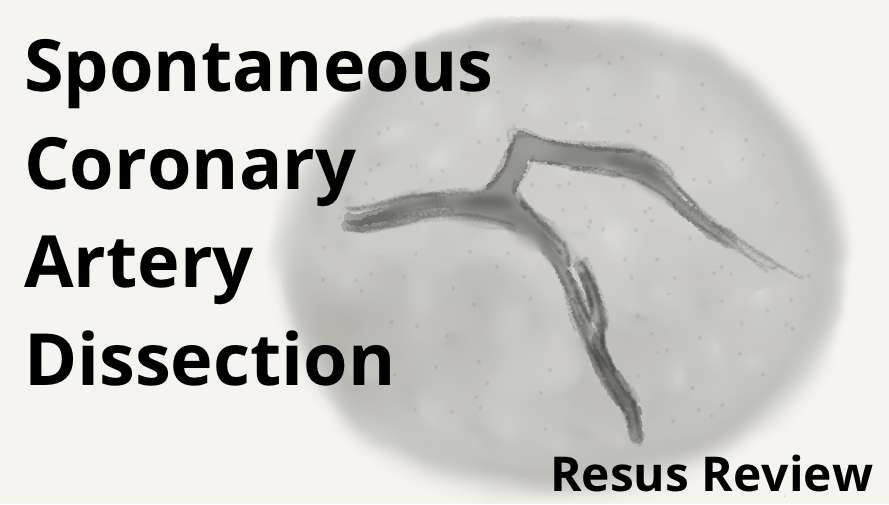
We made the turn on march 2011 with Roche’s HS Troponin T Assay.
It was the good time for a shared review of the use of troponin assay in the ED by EP, Cardiologists and Internists. Better Outcomes, same cost effectiveness despite the “kinetic” troponin effect. And, a better knowledge about increasin troponin without ACS.
Sadly, ACEP didn’t select my abstract…
Vive la FOAMed.
@DocNikko